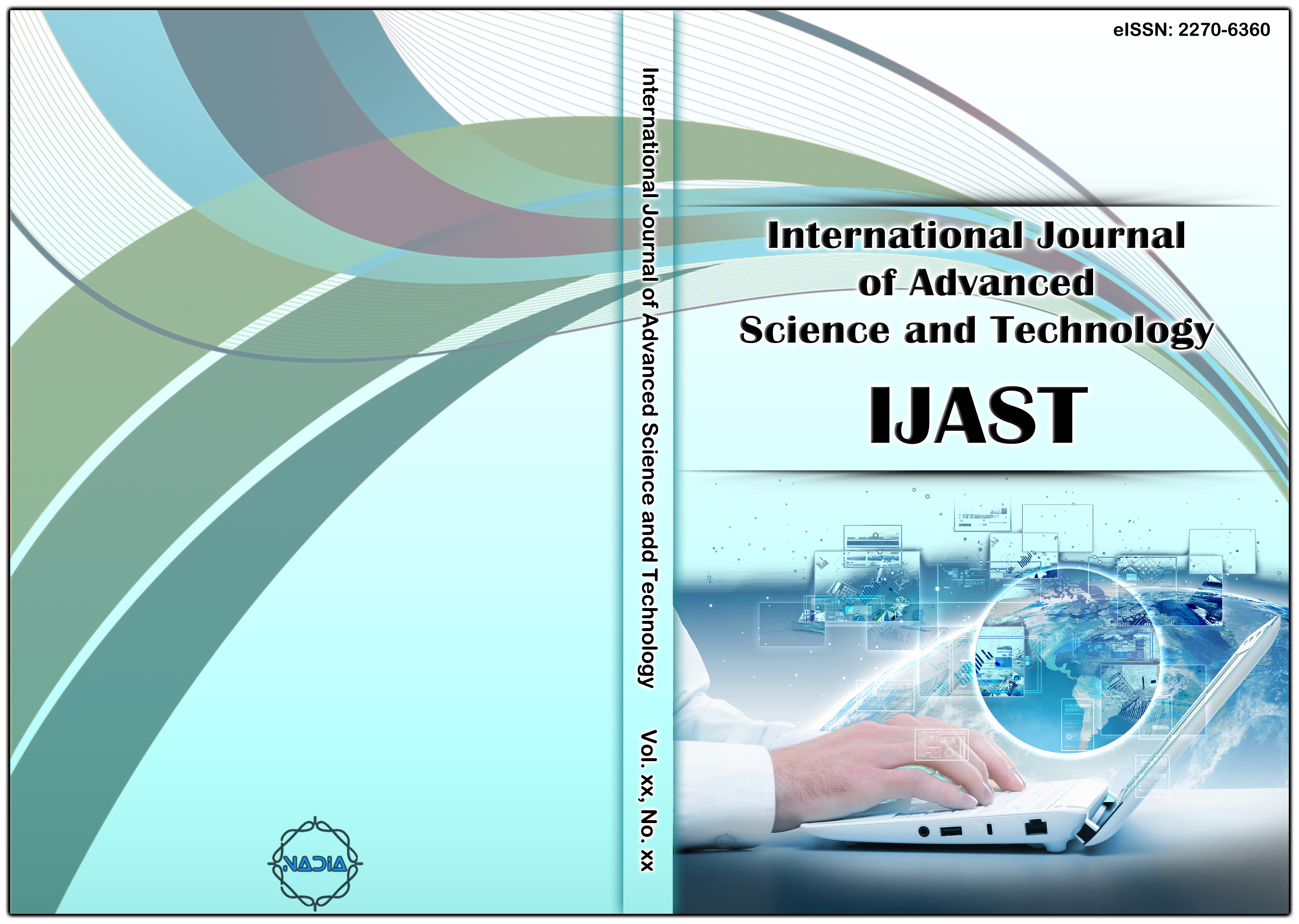[1] P. Semba Yawada, An Jian Wei and M. Mbyamm Kiki, "Performance evaluation of energy detection based on non-cooperative spectrum sensing in cognitive radio network," 2015 4th International Conference on Computer Science and Network Technology (ICCSNT), Harbin, China, 2015.
[2] Performance of Spectrum Sensing in Cognitive Radio”, I.J. Information Technology and Computer Science, 2012, 11, 11-17.
[3] Emmanuel Candes and Justin Romberg, “Practical signal recovery from random projections”, SPIE Symposium on Electronic Imaging, 2005.
[4] Al-Hmood H. and Al-Raweshidy H. S., "Energy detection performance enhancement for cognitive radio using noise processing approach," Global Information Infrastructure Symposium - GIIS 2013, Trento, pp. 1-6, 2013.
[5] Gavrincea Ciprian, Tisan Alin, Oniga Stefan, Buchman Attila , FPGA-based discrete wavelet transforms design using MatLab/Simulink , International Symposium for Design and Technology of Electronic Packages 13th Edition, Baia Mare, Romania.
[6] Mahbubul Alam, Md. Imdadul Islam, and M. R. Amin , Performance Comparison of STFT, WT, LMS and RLS Adaptive Algorithms in Denoising of Speech Signal ‘IACSIT International Journal of Engineering and Technology, Vol.3, No.3, June 2011.
[7] T. E. Bogale, L. Vandendorpe and L. B. Le, "Sensing throughput tradeoff for cognitive radio networks with noise variance uncertainty,"2014 9th International Conference on Cognitive Radio Oriented Wireless Networks and Communications (CROWNCOM), Oulu, 2014.
[8] “IEEE Standard of Information Technology” Part 22: Cognitive Wireless RAN Medium Access Control (MAC) and Physical Layer (PHY) Specifications: Policies and Procedures for Operation in the TV Bands, 1 July 2011.
[9] Hussein Al-Mood, H. S. Al-Raweshidy,” Energy Detection Performance Enhancement for Cognitive Radio Using Noise Processing, Approach”, IEEE, 2013.
[10] P. Semba Yawada, An Jian Wei and M. Mbyamm Kiki, "Performance evaluation of energy detection based on non-cooperative spectrum sensing in cognitive radio network," 2015 4th International Conference on Computer Science and Network Technology (ICCSNT), Harbin, China, 2015.
[11] Emmanuel Candes and Justin Romberg, “Practical signal recovery from random projections”, SPIE Symposium on Electronic Imaging, 2005.
[12] Guto Quan Xiang, YuXia Zhang, ”Analysis of RLS Adaptive Filter in Signal De-noising”, IEEE, 978-1-4244-8165-1/11, 2011.
[13] Emmanuel C. Ifeachor, Barrie W. Jervis,”Digital Signal Processing, A Practical Approach”, second edition, Ch. (10), 2002.
[14] Z. Tian and G. B. Giannakis, “Compressed sensing for wideband cognitive radio”, in ICASSP, vol. 4, pp.1357-1360, April 2007.
[15] Z. Tian and G. B. Giannakis Peh, E.C.Y.;Anh Tuan Hoang, “Sensing-Throughput Tradeoff for Cognitive Radio Networks ”, Wireless Communications, IEEE Transactions on, vol.7, no.4, pp.1326,1337, April 2008.
[16] Ghido, I. Tabus, “Sparse Modeling for Lossless Audio Compres- sion,”,IEEE Trans. on Audio, Speech, and Language Processing, vol.21, no.1, pp.14,28, 2013.
[17] Rami Cohen,” Signal Denoising Using Wavelets”, Project Rebort, February 2014.
